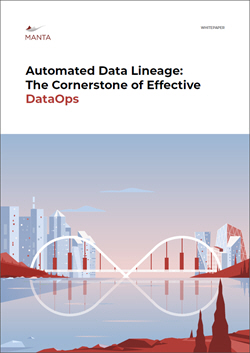
Automated Data Lineage: The Cornerstone of Effective DataOps
July 9, 2021
Today’s enterprises are equipped with hundreds of specialized tools and technologies to enable data experts and business intelligence operators to collect, integrate, and analyze record volumes of data. So why does the divide between data creators and data consumers continue to widen? Why does it feel like the more we can do with our data, the less we understand what should be done with it?
The answer is that we are being challenged by the complexity that all these integrations, tools, and processes have introduced to the data environment, wreaking havoc on our ability to effectively manage data pipelines and trust the data in our reports.
Automated Data lineage can provide the visibility teams need to effectively identify dependencies, evaluate the impact of transformations, find the point of failure, and isolate data incidents. Lineage illustrates how data flows through the environment and transforms over the entire data lifecycle.
There’s nothing new in our need for reliable and accurate data lineage, but the incomplete and platform-locked lineage of the past is no match for DataOps.
DataOps needs next-generation lineage solutions that can provide historical revisions, ingest custom metadata, and provide observability to stakeholders across the entire pipeline.
This paper focuses on the imperative role of automated data lineage in bridging the gap between technical and business stakeholders and outlines what leadership should look for in a lineage solution to fuel DataOps success.